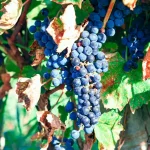Did you know that many people struggle to tell the differences between Cabernet Sauvignon and Syrah during a blind taste test? Amazingly, it’s true, and while Cabernet Sauvignon is the most popular wine in the world, Shiraz/Syrah wine is starting to become more widespread.
Understanding the many differences between these wines can help you better understand your options and identify the best choice for you.

What is Shiraz/Syrah Wine?
Syrah is the sixth-most-grown grape globally, with vines over 500,000 acres.
But what is Shiraz? Well, Syrah and Shiraz grapes are the same things, except that Australian Syrah grapes are called Shiraz.
In the New World (places like Australia, New Zealand, USA) the term Shiraz is more commonly used; Syrah is used more commonly in the Old World (France, Spain, Italy).
Region
Syrah originated in France in the Northern Rhone regions.
France also grows Syrah in Côte-Rôtie, Hermitage, Cornas, and Saint-Joseph. Australian Shiraz grapes are grown in all Australian vineyard regions, though they are particularly popular in the Barossa Valley.
What is Cabernet Sauvignon Wine?
Cabernet Sauvignon is a top-rated wine with a high alcohol content (between 13-14 percent) and a dry overall taste with plenty of tannins.
Sauvignon is created by crossing Cabernet Franc and Sauvignon Blanc, red and white grapes.
Region
Commonly grown in Bordeaux, Cabernet Sauvignon is also popular in Napa Valley, Calfornia, Sonoma Valley, California, Washington State, South America, South Africa, Spain, and New Zealand.
The Grapes Look and Size
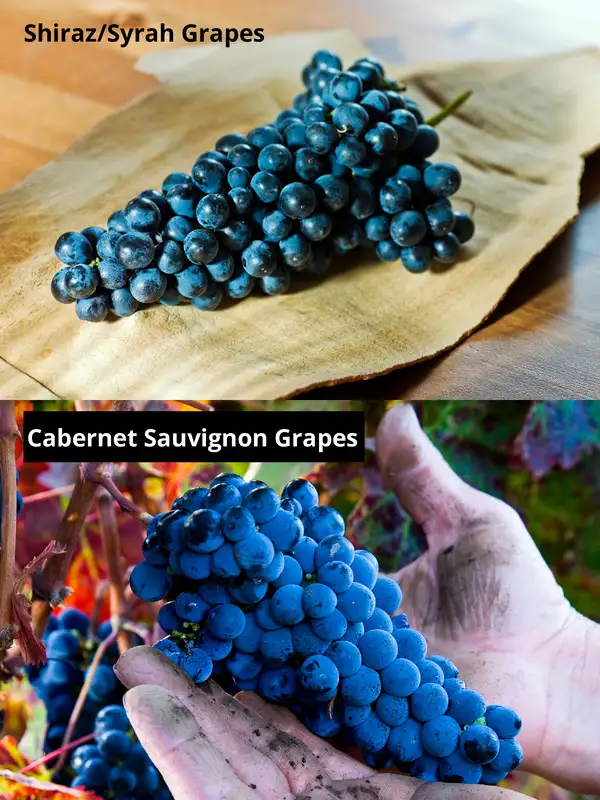
Cabernet Sauvignon and Syrah/Shiraz berries have slightly different shapes and sizes, meaning that they may produce slightly different tastes and flavors.
Shiraz grapes are much larger than Cabernet Sauvignon and typically have a less defined structure, creating a juicier texture with fewer tannins.
As a result, they typically have a pretty broad variety of tastes and textures that may vary depending on the wine brand you purchase.
By contrast, Cabernet Sauvignon grapes are more compact with a tighter structure that produces less juicy but more tannin-rich grape variety.
Sauvignon grapes also age a bit better than Syrah/Shiraz, meaning they often grow later in the season than Syrah and often have a fuller and richer taste.
However, that difference may vary depending on the brand you purchase, as winemakers often use very different production methods that may change depending on soil quality and temperature.
Leaves
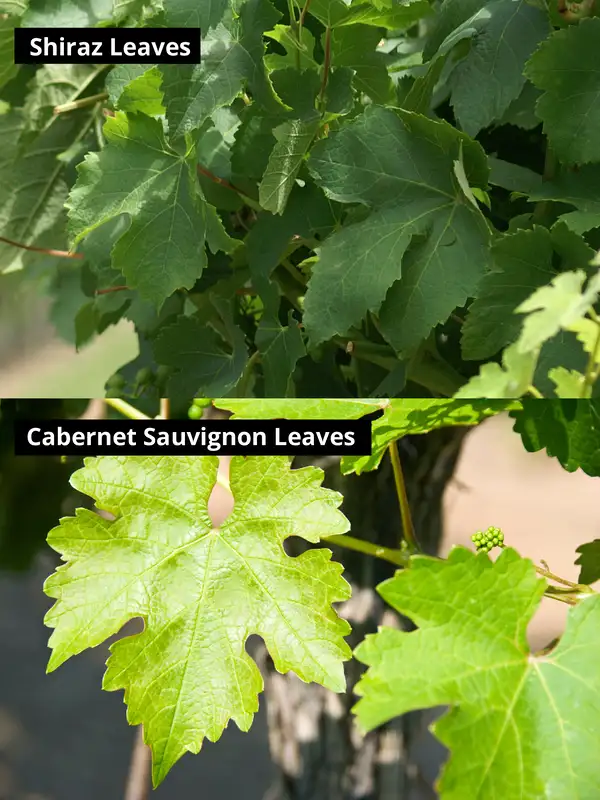
Grape leaves typically have a relatively uniform shape, with a unique look and feel that usually change only slightly between each varietal.
However, you can tell the differences between these two types: Shiraz leaves are more significant and darker than the Cabernet Sauvignon variety, which are among the smaller and lighter grapes on the market anyway.
The actual size and color differences can be pretty surprising: holding them in your hand, you’ll see that the Shiraz leaves are almost twice the size of the Cabernet Sauvignon!
Does that affect the grape quality? Not particularly, but knowing the difference makes identification easier, particularly when visiting a winery and checking out grapes yourself.
This process is also a fun way to get closer to your wine and improve your experience.
Aromas
When holding a glass of these wines up to your nose, you’ll definitely notice a distinct aroma difference.
Cabernet Sauvignon is typically a bit lighter in the smell with a blackberry, mint, cassis, and leather scent. Those pleasant odors are a big part of what makes this a popular wine.
However, Syrah/Shiraz typically has a more potent smell, one that might appeal to your hardiest wine fan. Expect undercurrents of pepper, spice, and even a meaty or smoky aroma.
As you can imagine, that smell profile helps contribute to some surprisingly meaty flavor pairings with this wine.
As you’ll see in the food pairings section below, this wine is the best option for those people who love meat-rich dishes, particularly when grilling with delicious vegetables.
Flavor Profiles
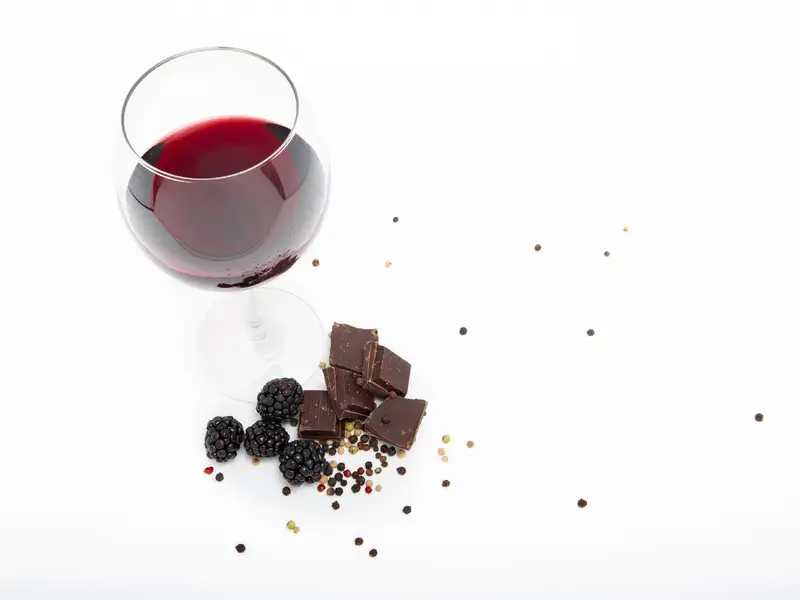
While there’s some similarity between the general tastes of these two wines (as mentioned in the introduction), there are far more differences.
People who mistake the two are typically those individuals who don’t have the refined wine taste that comes with regular wine enjoyment.
After you taste the two and really pay attention to their differences, you’ll probably be surprised that you ever found yourself mistaking the two different wines.
Syrah/Shiraz wines have a very juicy and rich mid-palate that comes with pepper, spice, and sweet red fruit tastes.
Cabernet Sauvignon has flavors like cedar, blackcurrant, and tobacco and often sits more in the front palate.
As a result, you might end up tasting more of the wine closer to the front of your mouth, rather in the middle, like with Syrah/Shiraz.
Keep that in mind when picking a wine.
Food Pairings
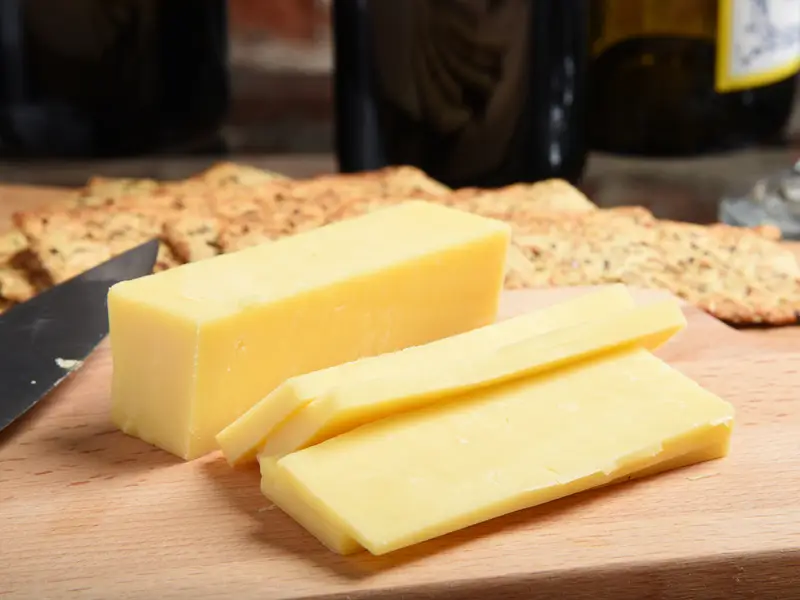
Syrah/Shiraz wines pair perfectly with meat, thanks to their underlying flavor and aromas. Try this wine with prime rib, tender pork chops, lamb, or grilled chicken.
You honestly can’t go wrong when pairing this wine with any meat, though, as long as it’s cooked very finely.
You might also find that this wine goes best with roasted meat or those that have been nearly barbecued, though you should go light on the sauce because your wine might conflict with its overall taste.
Cabernet Sauvignon’s acidic and tannic taste pairs best with softer foods, such as potato gnocchi, cheddar, dark chocolate, and tender beef meals.
Avoid adding excessive sauces to your meals with the Cabernet Sauvignon, or you might end up being disappointed by an overwhelming taste difference.
Beef Wellington is a great combination with this wine, as it typically has that softer and more finely textured taste and texture you want to pair with this wine.
How to Serve These Wines
As both Cabernet and Syrah/Shiraz wines are reds, you can use the same basic pouring method when serving them:
- Cool the bottle in a fridge for 20 minutes or an ice bucket for five minutes, getting it to at least 63 degrees Fahrenheit or 17.2 degrees Celsius
- Uncork the cooled bottle and let it sit open for at least an hour (or use an aerator), keeping it chilled as you do so
- Pour the wine in a tall-stem glass with a round top and wide rim, pouring towards the glass’s center
- Drink your wine holding the wine stem to avoid heating it up with your body temperature
Shiraz vs. Cabernet Sauvignon: Which One is Best?
Cabernet Sauvignon is your best choice if you want a sharper and richer wine.
However, Syrah/Shiraz wine is the best option if you prefer a smooth wine with a fine-grain texture.
Neither is really “better” than the other, as it’s all a matter of taste and preference between different people.
- Shrimp Cocktail (and More) Wine Pairing Guide - 09/06/2022
- What Wine Serving Sizes Look Like: Standard Size and More - 08/06/2022
- How Much Sugar is in Wine: Glass and Bottle Sugar Content - 08/06/2022

